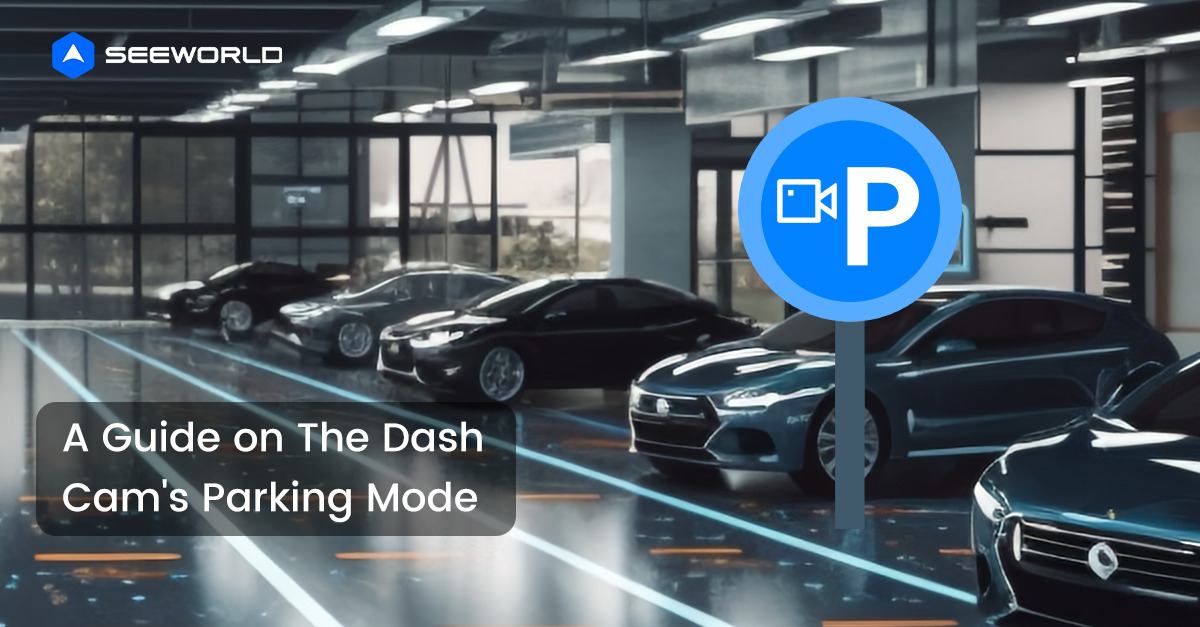Nowadays, GPS technology is practically omnipresent. Most people use it regularly without giving it a second thought. Do you actually comprehend it, though? And do you know how to maximize GPS tracking to increase the effectiveness of your fleet?
GPS is used often by fleet managers to monitor their assets and cars. They can acquire knowledge that aids in the resolution of problems with safety, compliance, and effectiveness. However, how can this occur? How does GPS tracking operate and what is it?
What Is GPS Tracking?
Let’s start with the acronym for the global positioning system, GPS, which is a system that makes use of a network of satellites circling the Earth and tools that can be used to locate an object or a person.
Initially created in the 1960s for military purposes, GPS technology was finally made accessible to the general public in 1983, and developments and use cases have grown over the years. Today, GPS is used for many purposes, including car and asset tracking and driving instructions.
What Does GPS Tracking Do?
The GPS tracker offers details on its precise location and car movements, allowing for real-time tracking. Besides, fleet managers can utilize a GPS tracking gadget to find out where a truck or asset is on its route, report on traffic conditions, and keep track of how long each vehicle stays at a job site.
How Does a Vehicle Tracking Device Work?
GPS tracking systems send special satellite signals and a receiver processes those signals. These GPS receivers collect and compute the GPS device’s time and velocity.
There are 4 different types of GPS satellite signals that can be used to compute and display these locations in three dimensions. GPS systems space, control, and user are the three components that make up.
How Does GPS Tracking System Function?
A GPS tracking system can function in a few different ways.
- Commercial GPS systems are frequently used to track the locations of moving cars.
- Passive tracking is the practice of some systems storing data within the GPS device itself.
- Other systems, such as active tracking or 2-way GPS, routinely transmit data through a modem to a centralized database.
Passive GPS tracking keeps track of locations and records information on journeys depending on particular circumstances. The location of the devices throughout the last 12 hours can be recorded by this kind of system.
It keeps the information internally or on a memory card, and then downloads it to a computer for further analysis. In certain systems, the data can be frequently requested while traveling or downloaded automatically at a predetermined time.
Real-time tracking systems that instantly communicate information to a centralized tracking gateway are part of passive GPS.
Since this kind of technology enables caretakers to always be aware of the locations of their charges, it is employed in the majority of commercial applications, including monitoring and tracking of youngsters or the elderly.
This kind of device is also used to simplify a fleet’s operations and observe staff behavior while they work.
What Purpose Does Gps Tracking Serve?
The most popular applications of GPS technology, like mapping and surveying, finding directions, and monitoring kids, are known to the majority of people.
However, there are a lot of different applications that you might not have known about. All applications utilized by the military, first responders, as well as various business and private usage, heavily rely on GPS. Here are a few applications for GPS tracking devices.
Military Use
GPS was created by the military and is currently used for tracking troop movements, aircraft, maritime navigation, and other things. For military troops stationed in uncharted regions or moving at night, this is crucial.
Rescue
Additionally, search and rescue efforts make use of GPS tracking. Rescue teams can use it to acquire information from a lost person’s phone or GPS gadget or to keep track of the areas they have searched.
Vehicle Tracking
GPS monitoring is frequently used by commercial fleets to keep tabs on their cars. Fleet managers are able to follow the locations and conditions of their drivers and gain vital information about the effectiveness of their fleet by placing GPS devices on their cars.
GPS tracking devices are an essential component of fleet tracking to follow the locations and activities of fleet vehicles and to boost efficiency and safety. GPS tracking also improves the accuracy and ease of routing and dispatching.
Gps Recreational Uses
The majority of wearable technology, including watches for bicycling, hiking, and running, uses GPS tracking to provide users with information on their speed, distance traveled, and location in the wild.
Now that more people are using smartphones, practically everyone has GPS tracking devices with them everywhere they go. This technology may be applied in novel ways, from location-based games to augmented reality (AR) applications. In the upcoming years, these usages will only become more prevalent.
Legality of GPS Trackers
Legislation limiting the use of these monitoring devices is the outcome of privacy concerns around GPS tracking. Installing a GPS system on a car or other asset that you own is totally lawful.
However, you must first confirm that deploying a GPS monitoring device on someone or in their car is legal under all applicable federal, state, and local laws. As new instances arise, these regulations are always changing, therefore it’s essential to be informed of any updates. What you should know is as follows.
- If the asset or vehicle belongs to you or your company, using a GPS tracking device is allowed.
- Employees need to be aware that they are being watched while at work.
- Employers are responsible for ensuring that only business-related uses are made of their vehicle tracking technologies.
Be explicit and open about the circumstances under which you use GPS tracking data. Low employee morale may happen if your workers don’t trust you or don’t comprehend how you’re using GPS data.



